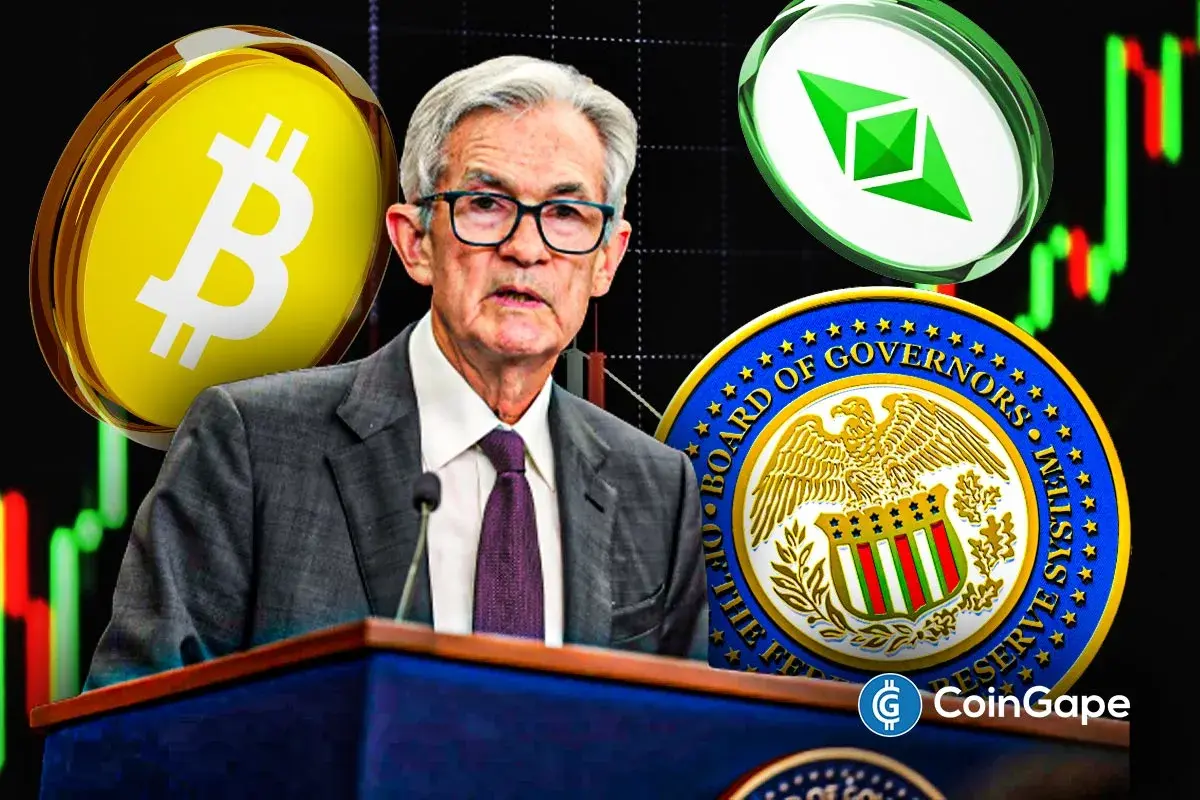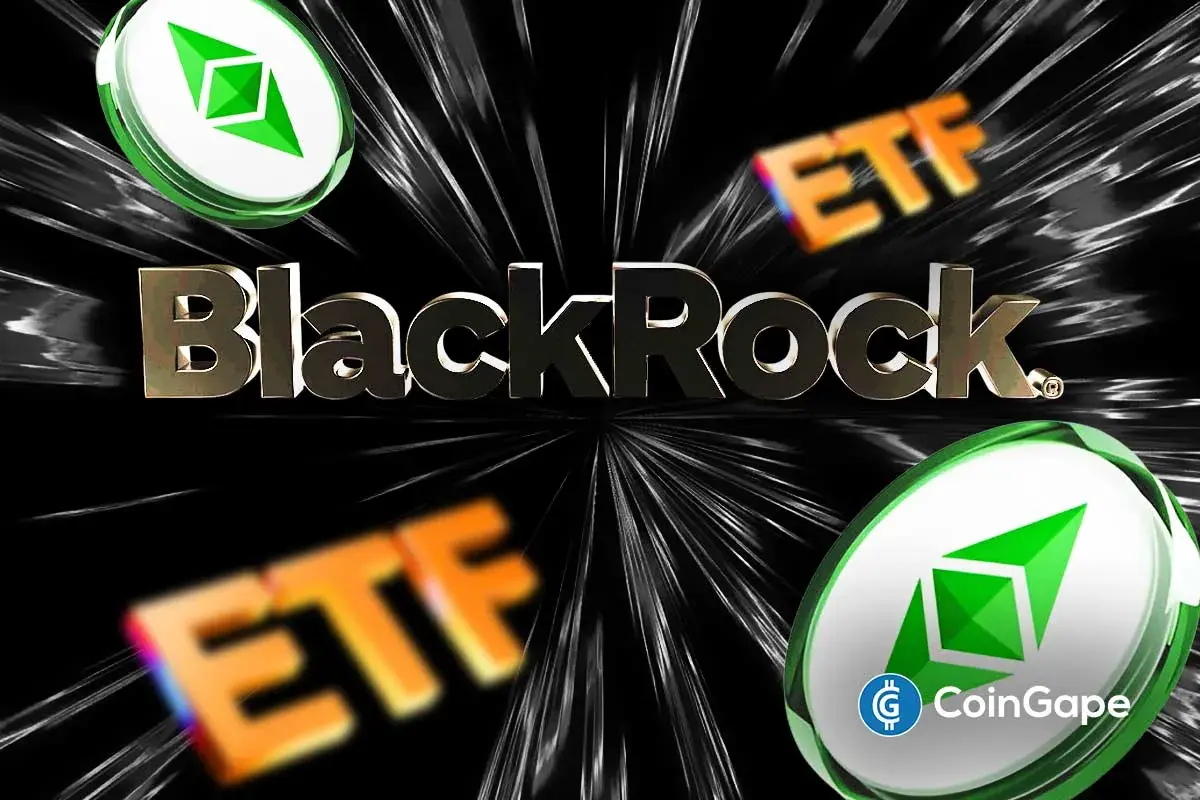Ethereum Co-founder Proposes a Minimalist Approach to Protocol Design

Ethereum has recently encountered scalability, security, and efficiency challenges, prompting a significant upgrade known as Ethereum 2.0. One of the pivotal changes in Ethereum 2.0 involves transitioning from a proof-of-work (PoW) consensus mechanism.
Vitalik Buterin, the co-founder of Ethereum, recently offered his insights into the future development of the Ethereum protocol. These valuable perspectives shed light on the potential evolution of this groundbreaking blockchain technology.
Should Ethereum be okay with enshrining more things in the protocol?https://t.co/7F7yOLBoUr
— vitalik.eth (@VitalikButerin) September 30, 2023
The Need for Encapsulation and Associated Risks
Vitalik Buterin suggests that it could be advantageous to “encapsulate” specific functionalities within the Ethereum protocol. Encapsulation, in the realm of software development, involves combining data and corresponding functions into a unified entity. This approach seeks to protect data and code from external interference.
However, Buterin also expresses caution regarding the potential risks associated with over-encapsulation. He highlights that the excessive encapsulation of content could lead to a protocol that is overly complex and burdened with trust and governance responsibilities. Furthermore, he argues that it may prove counterproductive as user needs are inherently unpredictable.
The Middle Path: Minimum Viable Encapsulation
Vitalik Buterin suggests a middle-ground solution called “minimum viable encapsulation” to address the challenges. This approach entails isolating specific functionalities that tackle key obstacles, facilitating their implementation without excessive restrictions or limitations.
For example, rather than encapsulating an entire liquidity staking system, it would be more effective to alter the staking penalty rules to enhance trustless liquidity staking feasibility. Similarly, instead of encapsulating additional precompilers, it would be advantageous to encapsulate EVM-MAX and/or SIMD in order to streamline the implementation of a wider range of operations with efficiency.
Looking Ahead
Buterin’s insights provide a glimpse into the potential future of Ethereum. As the Ethereum community continues to grow and evolve, these considerations will play a crucial role in shaping its trajectory. The challenge lies in finding the right balance between flexibility and security, ensuring that Ethereum remains adaptable to user needs while also safeguarding its integrity.
Buterin’s perspective emphasizes the significance of thoughtful deliberation and strategic planning in the ongoing development of Ethereum. It serves as a reminder that innovation must be complemented by practicality and user-centric design.
- Why is the Crypto Market Down Today? BTC, ETH, XRP Lead Drop
- SEC Crypto Task Force Hosts Financial Privacy Roundtable Today: What to Expect
- Breaking: Kevin Warsh Now Favorite to Replace Powell After Hassett’s Fed Chair Bid Faces Pushback
- First Hyperliquid ETF Launch ‘Imminent’ as Bitwise Files Amended S-1 With SEC
- XRP News: Ripple’s RLUSD Eyes Wider Adoption as Stablecoin Expands to Coinbase’s L2 Base
- Bitcoin Price Weekly Forecast as Gold’s Surge Revives Inverse Correlation — Is $85K Next?
- Ethereum Price Risks $2,600 Drop Despite JPMorgan’s New Fund on its Network
- Analyst Confirm Pi Network Price Could Still Reach $1, Here’s When?
- Is Ethereum Price Set for a Rebound as a Prominent Whale Accumulates $119M After the Dip?
- XRP Spot ETF Records Nearly $1B Inflows While BTC and ETH Bleed- Is A XRP Price Reversal Ahead?
- Bitwise SOL ETF Records 33 Days of Nonstop Inflows- Is A Recovery to $150 Possible?
















